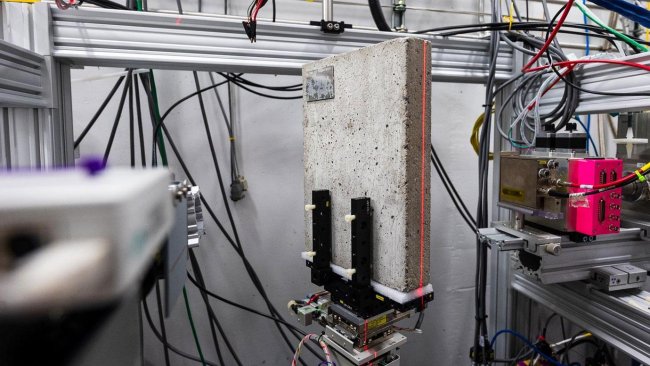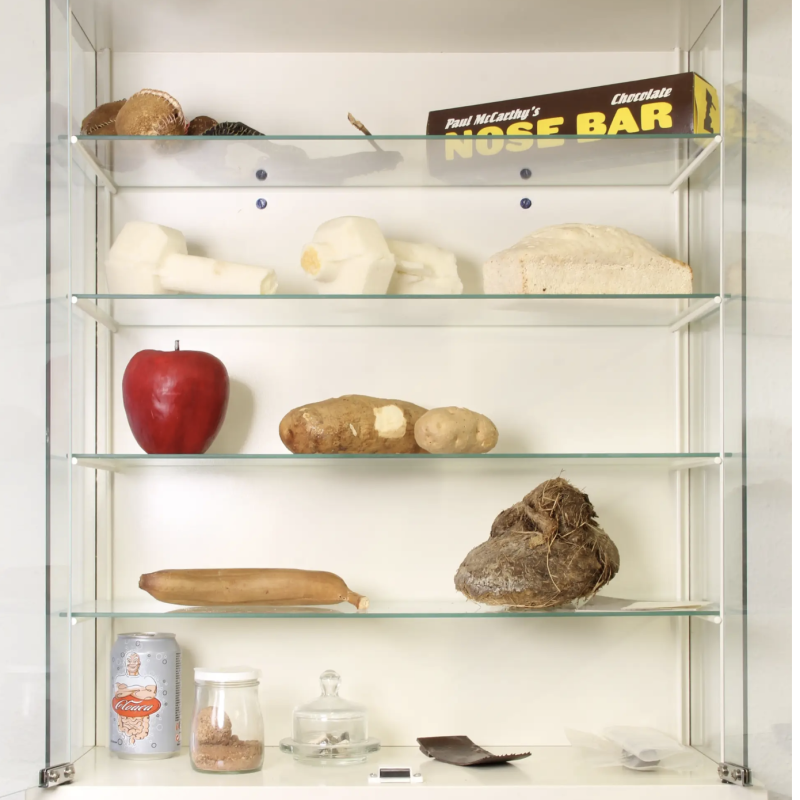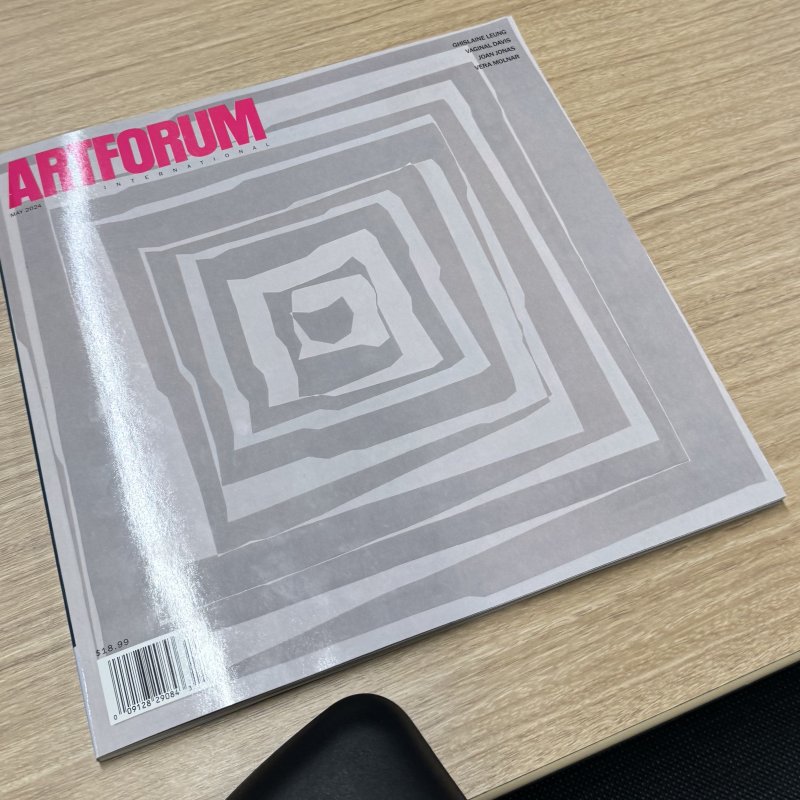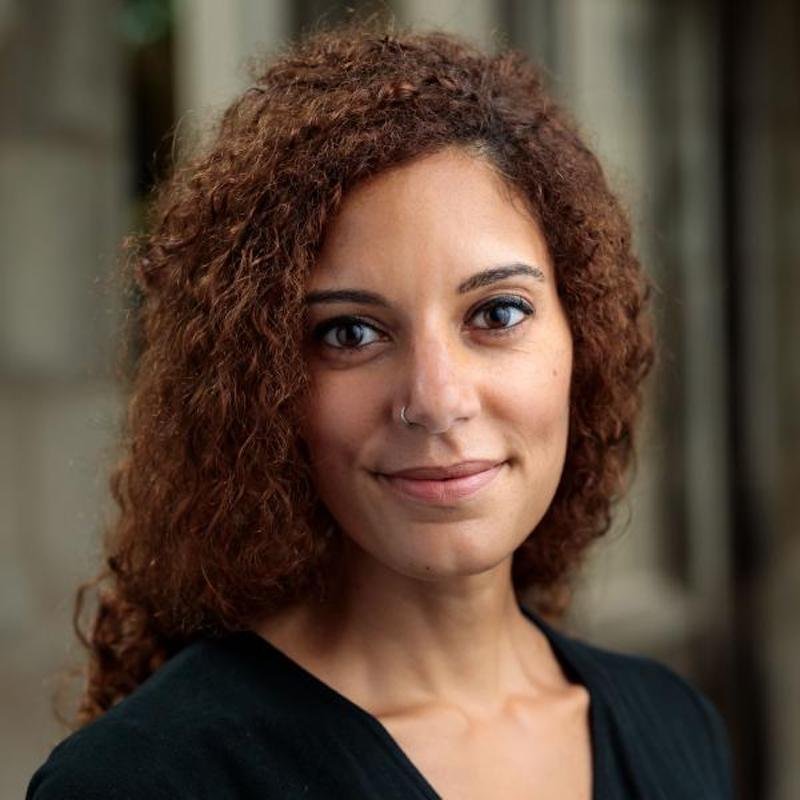Art and Science join in examining Wolf Vostell's 'Concrete Book'
October 25, 2022

Wolf Vostell's Betonbuch, or Concrete Book, is the artistic expression of his pioneering belief in the use of concrete as a material for art, not just construction. Vostell was part of Fluxus, an international community of experimental creators that flourished in the 1960s and 1970s, and in 1971, Vostell wrote a short book called Betonierungen, or Concretifications, and as evidence of his commitment to the material, he purportedly encased 100 copies of that book in numbered slabs of concrete.
Vostell's Concrete Book was the focus of a departmental seminar on art conservation that Maria Kokkori, associate scientist formerly at the Art Institute of Chicago and now at Northwestern University, taught for three years from 2019 to 2021, and which is supported by the Suzanne Deal Booth Consideration fund.
Concrete Book #83 was obtained by the University of Chicago six years ago, as part of an exhibit on Vostell and Fluxus organized by art history professor Christine Mehring. Patti Gibbons, head of collection management at the University of Chicago’s Hanna Holborn Gray Special Collections Research Center, has been working with Maria Kokkori to establish whether there truly is a book encased in this concrete slab.
With the ultrasound and X-ray machines at the University of Chicago lacking the strength to penetrate the two-inch-thick concrete, Gibbons and Kokkori turned to the Advanced Photon Source located at Argonne National Laboratory, a U.S. Department of Energy national laboratory that is affiliated with UChicago.
The pair presented details of the experiment as a work in progress at a recent Art Libraries Society of North America conference, and the results of the X-ray scans will be published in a journal.
Read more about this remarkable study here.
Wolf Vostell's Concrete Book is on display in the Smart Museum as part of Monochrome Multitudes, curated by Christine Mehring and Orianna Cacchione, and can be viewed until January 8, 2023.








